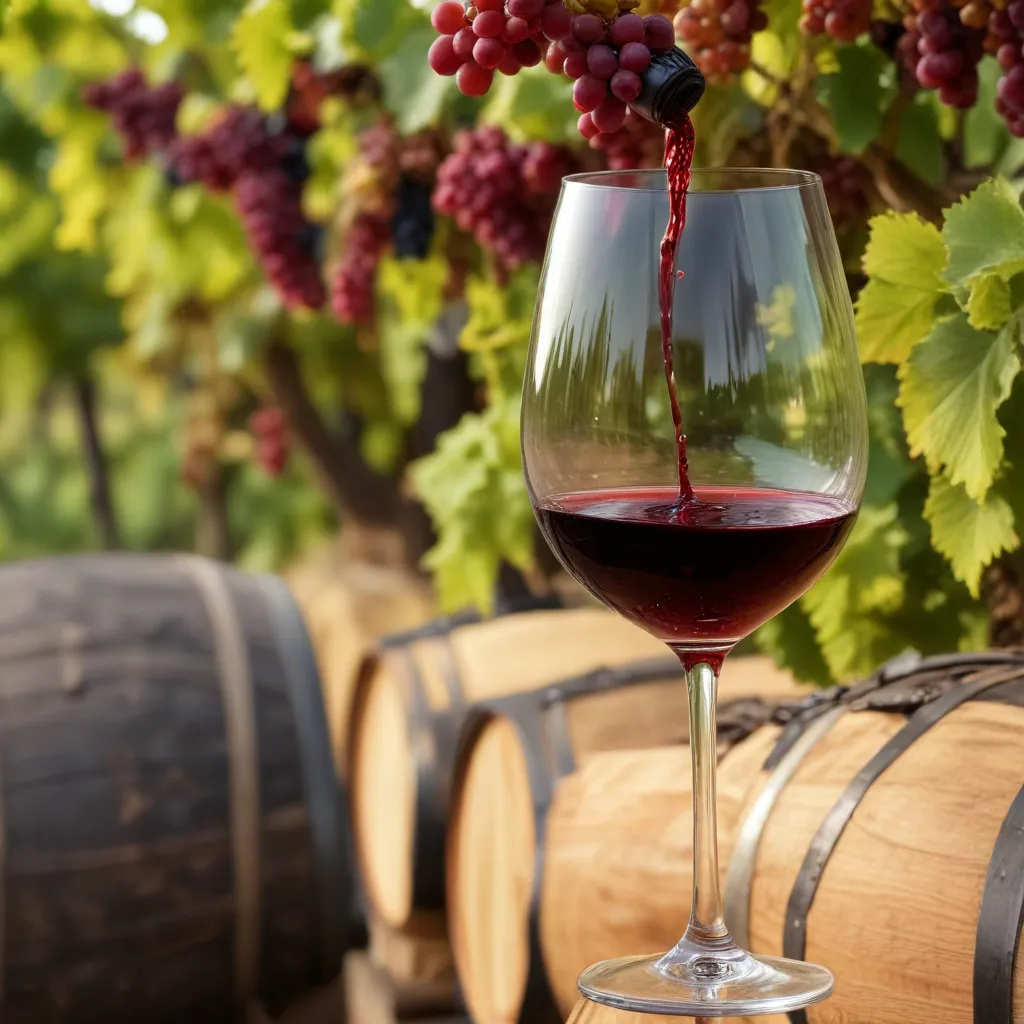
Exploring the Complexity of Wine: A Sensory Journey Through the Varietals
Welcome to an enchanting exploration of the captivating world of wine varietals. This journey invites you to unravel the intricate tapestry of flavors, aromas, and nuances that make each varietal a unique expression of the grape’s essence.
Defining Wine Varietals
At the heart of the wine universe lies the concept of the varietal, a wine crafted primarily from a single grape variety. These singular expressions stand as testaments to the diversity and potential within the Vitis vinifera species, each varietal carrying the whispers of its terroir, the dedication of its creators, and the distinctive character that only a particular grape can convey.
To be considered a varietal wine, a bottle must derive at least 75% of its character from a single grape in the United States, or 85% in Canada. This purity of focus allows winemakers to showcase the inherent qualities of the grape, whether it’s the robust intensity of a Cabernet Sauvignon or the delicate finesse of a Chardonnay. Varietal wines stand as pure expressions, inviting wine enthusiasts to connect with the essence of the grape itself.
Characteristics of Wine Varietals
Each wine varietal offers a unique sensory experience, with distinct flavor profiles, aromatic bouquets, and structural elements that define its character. Understanding these characteristics is the key to unlocking the complexities of the wine world.
Tannins, the natural compounds found in grape skins, seeds, and stems, introduce a textural dimension to wine, ranging from velvety smooth to robustly astringent. Red varietals, with their extended skin contact during fermentation, generally exhibit higher tannin levels, contributing to their aging potential and mouthfeel. In contrast, white wines, often fermented without skins, rely on acidity to provide their backbone of freshness and vibrancy.
Aromas play a captivating role in the narrative of wine, with each varietal expressing a distinctive bouquet of scents that can transport the drinker to the very vineyards where the grapes were grown. From the dark berry and peppery notes of a Syrah to the tropical breezes evoked by a Sauvignon Blanc, these aromatic cues enrich the wine tasting experience, inviting deeper contemplation and enjoyment.
Exploring Wine Tasting Techniques
To fully appreciate the complexities of wine varietals, one must engage the senses through the art of wine tasting. This exploration begins with observing the wine’s appearance, noting its color, clarity, and viscosity, which can provide clues about the varietal’s age, concentration, and potential flavors.
Next, the taster swirls the wine in the glass, a ritual that serves to volatilize the esters and release the wine’s diverse aromas. Deeply inhaling the bouquet allows the taster to identify the specific varietal characteristics, from the delicate floral notes of a Riesling to the earthy, mushroom-like undertones of a Pinot Noir.
Finally, the tasting journey culminates in the palate, where the wine’s flavors unfold in a symphony of sensations. The initial taste may reveal fruit-forward notes, while the wine’s finish can offer insights into its acidity, tannins, and overall balance. By actively engaging with each sip, wine enthusiasts can uncover the nuanced layers that define a varietal’s character.
Uncovering the Complexities of Wine
The diversity and complexity of wine varietals are a testament to the harmonious interplay between nature and human ingenuity. From the influence of terroir – the unique combination of soil, climate, and landscape – to the winemaker’s skilled interventions, every bottle of wine tells a story of its origins and the journey it has taken to reach the glass.
Regional variations play a crucial role in shaping the identity of wine varietals. A Syrah grown in the Rhône Valley of France may exhibit a different profile than a Shiraz from Australia, with the former showcasing more savory, peppery notes and the latter boasting a bolder, fruit-forward character. This divergence reflects the distinct terroirs that have molded the same grape into two unique expressions.
The aging process also contributes to the evolving complexity of wine. As a varietal matures, its flavors and aromas can transform, with tannins softening, acidity integrating, and secondary notes like spice and earth emerging. This evolution over time allows wine enthusiasts to appreciate the versatility and depth that a single varietal can offer.
Navigating the World of Wine Pairings
The art of pairing wine varietals with food is a symphony of flavors, where the harmonious interplay between the two elevates both the wine and the cuisine. Understanding the characteristics of each varietal is the key to crafting memorable culinary experiences.
A robust Cabernet Sauvignon, with its firm tannins and bold flavors, can stand up to the richness of a grilled steak, while a crisp Pinot Grigio can beautifully complement a light seafood dish, its refreshing acidity cutting through the richness of the meal.
Contrasting flavor profiles can also create captivating pairings, as the wine and food interact to create new and unexpected taste sensations. A spicy Gewürztraminer, for instance, can balance the heat of a Thai curry, its floral aromas and off-dry character providing a soothing counterpoint.
Whether seeking harmonious or contrasting pairings, the synergy between wine and cuisine is a testament to the depth and versatility of varietal wines. By understanding the characteristics of each grape and the nuances of regional styles, wine enthusiasts can elevate their culinary experiences and foster a deeper appreciation for the art of winemaking.
Embark on your own sensory journey through the world of wine varietals, where each sip unveils a new layer of complexity, a unique story of its origins, and a celebration of the craft that brought it to your glass. Discover the enchanting diversity that awaits, and let your palate be your guide through the ever-evolving realm of wine.
